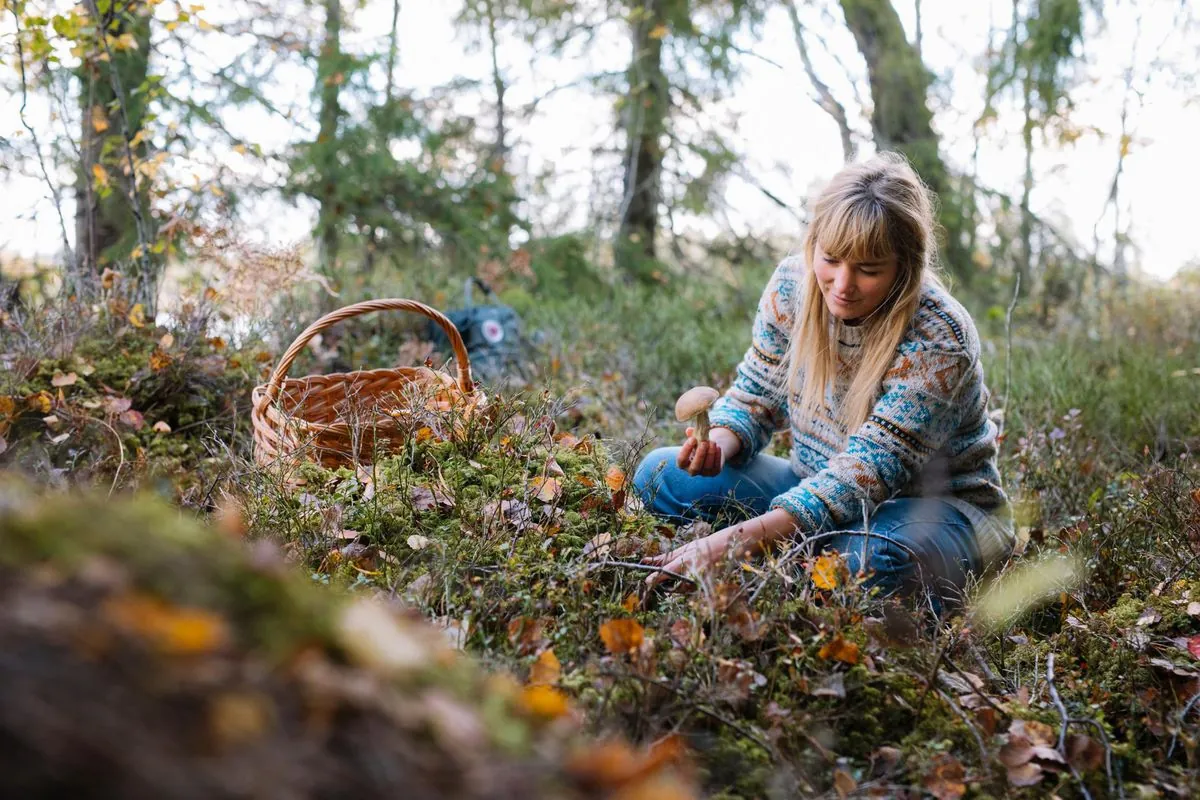In a unique scientific endeavor, Sweden's Radiation Safety Authority is harnessing the nation's robust foraging tradition to assess the enduring effects of the Chernobyl nuclear disaster. The initiative, launched 38 years and 4 months after the catastrophic event, seeks to map Cesium-137 levels in mushrooms across the country.
Sweden, with its vast forested areas covering over 60% of the land, has long embraced a culture of wild food gathering. This practice now serves a dual purpose, supporting both culinary pursuits and crucial environmental research. The radiation authority has requested foragers to submit mushroom samples from their 2024 harvests for analysis.
Pål Andersson, an investigator at the Radiation Safety Authority, emphasized the importance of location data for the study. However, he assured participants that exact coordinates for prized chanterelle spots - often referred to as "the gold of the forest mushroom" - need not be disclosed, respecting the cherished family secrets of mushroom enthusiasts.
The research aims to provide insights into the persistence of radioactive fallout in the environment. Cesium-137, a key radioactive isotope released during the Chernobyl incident, has a half-life of approximately 30 years. Mushrooms, known for their ability to absorb substances from the soil, serve as excellent indicators of environmental contamination.
It's worth noting that Sweden played a crucial role in alerting the world to the Chernobyl disaster. Swedish authorities were the first to detect radioactive fallout in Europe, prompting Soviet officials to acknowledge the catastrophe they had initially attempted to conceal.
The Chernobyl disaster, which occurred on April 26, 1986, in Soviet Ukraine, is considered the worst nuclear accident in history. It released 400 times more radioactive material than the Hiroshima bombing, affecting large parts of Europe. The long-term health impacts of this event continue to be a subject of study and concern.
Similar radioactivity issues have been observed in other European countries. In 2017, the Czech Republic reported that about half of the wild boars in its southwestern region were radioactive and unsafe for consumption, due to their diet of underground mushrooms that absorb radioactivity from the soil.
As Sweden embarks on this innovative research project, it demonstrates how traditional practices can contribute to modern scientific inquiry. The results of this study may provide valuable data on the long-term environmental consequences of nuclear disasters and inform future environmental policies.
"It doesn't have to be the exact location of the most secret chanterelle spot."
This collaborative effort between scientists and citizen foragers exemplifies a unique approach to environmental monitoring, potentially setting a precedent for future research initiatives in other countries affected by radioactive fallout.
